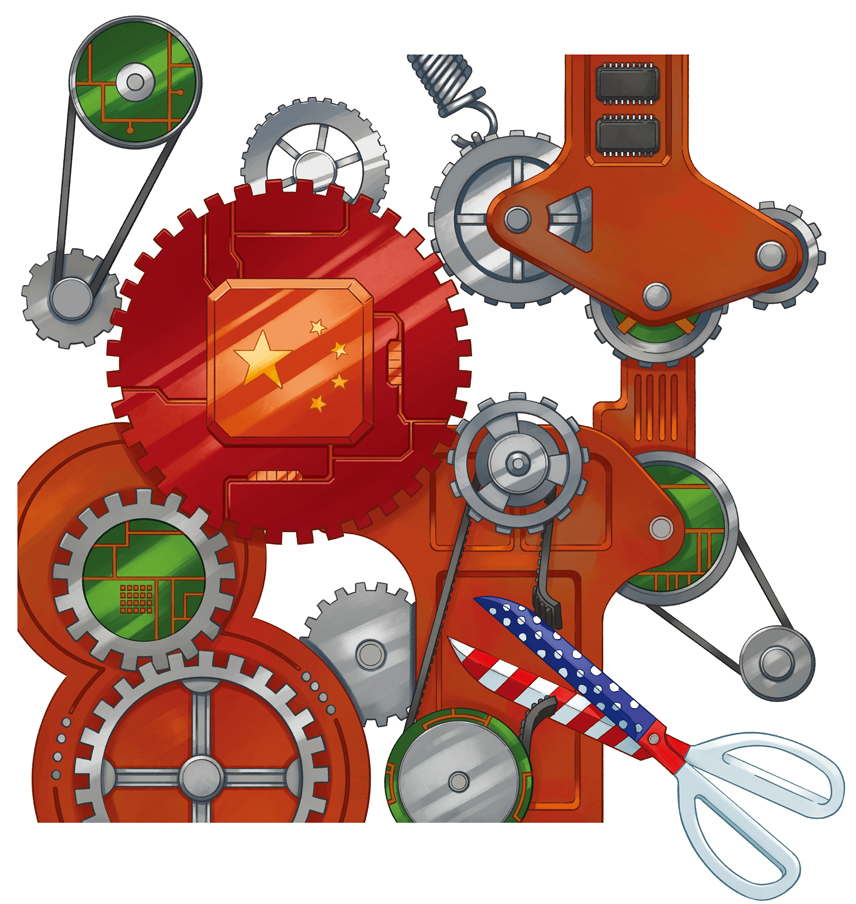By 2015, the Chinese government would like the automotive industry to produce more than 500,000 electric vehicles per year, to help reduce environmental degradation and give China a leading role in the next generation of global automotive production.
But so far, it hasn’t gone well. Given that only 8,368 electric cars, including hybrids, were sold in China in 2011, according to official figures, analysts are skeptical that the industry can reach that official goal, much less 5 million by 2020.
Despite the fact that the government made creating an electric car industry an important part of the 12th Five Year plan (2011-2015), named it one of the seven emerging industries, poured as much as $120 million in subsidies so far, and promised $15 billion on top of that by 2015, car makers have not made much headway.
“At the end of the day, electrification is a very complex technical challenge,” says William Russo, a Beijing-based senior advisor at Booz & Co., the consultancy.
Unlike earlier infrastructure projects such as the new massive air, road, and rail systems, building an electric car market does not involve rolling out a proven technology in a Chinese context. Instead, Russo and other automotive analysts say it will require untangling a thicket of technical, logistical and marketing issues that no country has learned how to manage.
The Case for Electrics
On paper, it’s not hard to see why Beijing would like electric vehicles. Where in the past, economic growth has generally meant more environmental destruction, the appeal of electric cars for policymakers is that it would theoretically kill two birds with one stone–it could deliver a green goal while enabling the country’s automotive industry leadership in the automobile’s second century.
But wishing has not made it so. Despite official enthusiasm, China’s electric campaign seems to be going nowhere fast.
In fact, China is not moving fast as some mature economies. A recent McKinsey & Co. study, Recharging China’s Electric Vehicle Operations, argues that between 2010 and 2012, China actually lost ground in terms of its “electric vehicles readiness”, falling from number three to number five in terms of both its supply and demand market maturity, as France moved ahead and Japan leapt forward from fifth to first place.
Even Premier Wen Jiabao has acknowledged publicly that it has not gone as planned, blaming the lack of progress in part on the government’s lack of clarity on how the industry should move forward.
The core problem seems to be economic: McKinsey analysts write that consumer reluctance to pay 50% more for an electric car than a conventional car (even with subsidies) has led original equipment manufacturers (OEMs) to take a wait-and-watch attitude before putting resources into an electrical platform, and with a limited number of suppliers capable of delivering parts for the new vehicles, little progress has been made.
The experience of the nascent market’s leader, BYD, may also be making other OEMs cautious. Once an investor darling, attracting money even from the famously conservative Warren Buffet, the Shenzen-based car and battery maker is now struggling to regain credibility in the market for its all-electric models. Investors now have some anxieties about the effectiveness of its electric story-particularly since a BYD-built electric taxi in Shenzen exploded after a high-speed collision with a drunk driver in May this year, killing three.
Despite the announcement this spring of a major joint venture between BYD and German automaker Daimler-Benz to produce an electric luxury vehicle, skepticism remains high. BYD share’s price is down 36% for the year, 5% more than companies more focused on conventional cars.
Making conversion still more difficult for automakers is that unlike the West, conventional car production is booming in Asia. In 2010, the Asia-Pacific region was the largest car market in the world, larger than North America and Europe combined, according to Booz figures, and most demand forecasts show years of sharply rising growth ahead.
With so much money to be made on a proven, 100-year-old technology, it’s not so easy for a company to make a big investment on something new and untested. Some critics have gone even further and claim that the Chinese electrical efforts of Western automakers such as Toyota and GM are just attempts to try to win some grant money and keep the government open to them.
Beyond the cost, the immaturity of charging and repair infrastructure means that asking consumers to convert is asking a lot, says Booz & Co’s Russo. “You make it much more difficult for the consumers to even consider it,” says Russo. “…Unless you’re an early adopter of technology and willing to pay a significant amount more, you’re going to wait and see.”
Difficulties can be Overcome
But the difficulties are not insurmountable. The fact that two of the world’s biggest management consultancies, McKinsey and Booz & Co., have both recently published white papers on how to get China’s automotive electrification program on track, in itself suggests plug-in transportation is not entirely pie in the sky.
The first set of problems are technical. Battery energy is inherently less dense than oil, Russo says, which means that cars will need to be redesigned from the ground-up. But those aren’t the problems that worry him most. He says more focused research is sure to help improve battery efficiencies. “The biggest problems are not technical. Technical problems can be solved with sufficient momentum and science applied to the problem,” Russo says. The more challenging problems have to do with the perennial issue of how to drive the adoption of a major new technology.
How it Might Happen
McKinsey argues for a more gradual approach that begins by encouraging hybrid production, a step toward electrification that can be made without the need to invent an entirely new automotive value chain. The consultancy estimates that hybrids could reach cost-parity with conventional cars as early as 2014, as they require a much smaller battery, the most expensive part of an electric vehicle.
The government’s role in this more gradual scenario would be to provide targeted subsidies to manufacturers, McKinsey suggests, along with assurances to foreign auto suppliers that the government will ensure their hybrid-related intellectual property is safe.
On the demand side, Booz also argues that rather than focus on consumers, the government should encourage the conversion of fleet vehicles first, a strategy that the government is indeed following in Shenzen, BYD’s hometown, and other cities. Creating a separate infrastructure for taxis, buses and delivery trucks would be much easier than trying to create a new electrical car infrastructure for the general public.
Scooting Toward the Future
However, transportation electrification could also happen in a much more disruptive fashion-indeed, it already is, but on two wheels rather than four.
Right now, more 120 million electric bikes are out whizzing down Chinese streets, according to a 2011Bloomberg report. Unlicensed and reportedly varying wildly in quality, cobbled together by more than 2,500 manufacturers, according to a 2011 Knowledge@Wharton article, the electrics are rapidly becoming a fixture of the Chinese urban landscape.
As Harvard Business School Professor Clayton Christensen noted in his influential book, The Innovator’s Dilemma, the most successful companies in one generation of technology tend to have difficulty making a transition to another: ice companies didn’t make the transition to refrigeration; mainframe computer giants didn’t become leaders in the PC revolution.
Instead, Christensen argued that some of the biggest changes tend to be wrought by a few people in a garage with nothing to lose, who don’t have to worry about a new product that cannibalizes their market share or undercuts the profitability of their industry.
In a development straight out of Christensen’s playbook, electric bikes are already evolving from strap-on engines to faster and more sophisticated electric scooters. Next generation scooters and motorcycles are also under development in other markets, particularly in Asia and the Pacific Rim. Manufacturers in the US (Brammo), India (Hero Electric) and Taiwan, where a recent trade show included 50 models of electric scooters and other two- and four-wheeled electric vehicles available for a test ride.
Zipping Ahead
Vast challenges remain before China comes anywhere near making a total conversion toward electric transportation. Russo, for one, predicts a lot of complexity ahead. “It won’t be one solution that serves all segments of the market. There will be a mix of technologies that serve different consumers at different price points.”
But as automakers find themselves squeezed between pressure created by the government for the development of more electric vehicles and the creative, nearly anarchic growth of electric bikes in the consumer market, it seems possible that this future could happen more quickly than anyone now thinks.

















